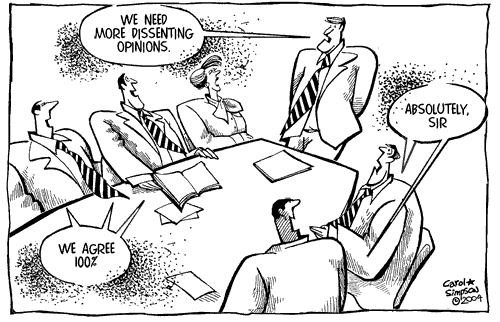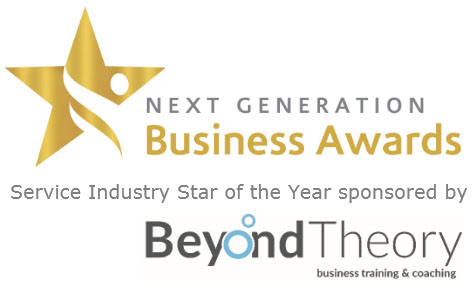
Groupthink: What it is and how to avoid it
Last month I was fortunate enough to speak at an HR conference in Gibraltar. The event’s theme was humanising the workplace – so topical when everything we do these days seems to be dependent on technology. My topic was employee engagement and how to go about increasing this to improve business performance.
One of my co-speakers was David D’Souza from the Chartered Institute of Personnel & Development (CIPD). David's session focused on the human interactions that take place and the importance of group dynamics. In particular, the dangers of a phenomenon that is known as groupthink.
How often have you sat in a meeting and agreed to things you don’t necessarily agree with? If so, what part did peer pressure play? Or was it your boss that stopped you voicing your views? Whatever the reasons, opinions are missed and groupthink takes over. This puts the quality of the discussion at risk and can lead to wrong decisions being made.
Take a look at this short video that shows the classic Asch Experiment. Before you do, set aside any bias you may have towards the out of date haircuts and fashions. Instead, focus on how relevant the meaning of the experiment remains today:
This second video shows a more light hearted version. However, the meaning remains the same and is just as poignant.
We know that encouraging employee voice is a key factor in increasing levels of employee engagement. But employee voice goes much deeper than annual employee surveys.
As leaders we all need to be aware of the role that group dynamics play. In demonstrating leadership we must work hard to encourage everyone to contribute their views, whatever their role and position within the team. Leaders need to engage their employees to obtain their ideas and contributions. Effective leaders set the tone for doing so.
Here are some tips to help avoid the risks and dangers of groupthink:
- Invest time to build relationships - and do so outside of the team meetings
- Look to build a climate of trust when and wherever you can
- During meetings, observe body language that can give away tell-tale signs about how others are really feeling
- Listen hard for clues - and pay attention to silences too
- Don't always take the first response - be prepared to probe
- Pay attention to your own communication and leadership style
- Consider changing your language - ask people how they feel about the issue rather than just what they think
Paul Beesley, senior consultant, Beyond Theory



0 Comment(s)
Leave a comment